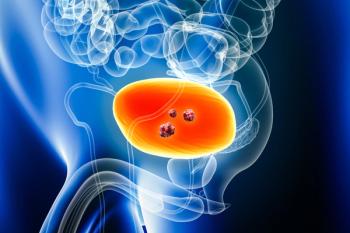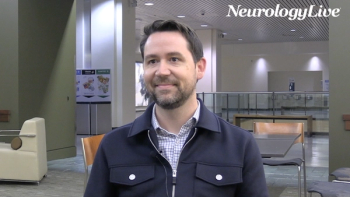
Platform Approaches and Industry Investment in Cell and Gene Therapy
Deborah Phippard, PhD, and Renier Brentjens, MD, PhD, spoke about strategies for streamlining development of novel therapies.
This is the third part of a transcript of a Special Report with Deborah Phippard, PhD, and Renier Brentjens, MD, PhD. For the second part,
The past 25 years, from 2000 to 2025, have been an unprecedented and rapid period of development of the field of cell and gene therapy. To get a perspective on how far we've come, and how far we have yet to go, CGTLive® reached out to Deborah Phippard, PhD, the chief scientific officer of Precision for Medicine, and Renier Brentjens, MD, PhD, the chair of the department of medicine and the deputy director at Roswell Park Comprehensive Cancer Center, to hold a Special Report discussion on the topic entitled: "Quarter Century Update: What’s Holding up Progress in Development? Where Have We Seen the Most?"
In this transcript of the third episode, Phippard and Brentjens continue their discussion of bottlenecks to cell and gene therapy development. Phippard brought up the recent trend of companies focusing on platform technologies to reduce costs, and Brentjens noted that companies often want these platforms derisked, which is financially difficult for the academic centers that often begin development of such platforms. Brentjens also shared his thoughts on the importance of perfecting the basis of chimeric antigen receptor (CAR) T-cell technology before introducing complex innovations like allogeneic or in vivo approaches.
CGTLive: How do platform approaches affect bottlenecks in the field?
Deborah Phippard, PhD: We talk to a lot of companies, and everything is cyclical in research. First T-cells are trendy, then it's B-cells, then it's back to T-cells. Right now it's the platform approach a lot of companies are talking about. They want to come up with—whether it's a nanoparticle delivery method or a particular virus—ways of thinking of how to deliver it and get proof of concept with that delivery mechanism, and then broaden it to a platform, and hopefully have a faster route to approval because you can work out all those things about your actual delivery mechanism. Now there's obviously challenges with that. If you're using a virus to target a particular organ or you have a particular route of administration, it's not always applicable. But I see a lot of companies really trying to think "let's go with a proof of concept, and then we've got other therapies using that same platform".
Again, this is part of shortening the path to approval. With very rare disease, there's been a number of companies that have shelved really promising therapies because there simply are not enough patients with that particular mutation to be able to support the cost of a therapy. Now, if you can take this particular gene editing technology for a particular type of mutation and bring all those rare diseases under that bucket—I'm not downplaying the challenges with doing that—but that makes these therapies a little more approachable to those very rare mutations.
We can talk about the flip side, which is gene therapy, etc., moving into less rare disease, but I think there's a lot of thinking around how you make these therapies accessible at a price point that is tolerable.
Renier Brentjens, MD, PhD: I completely agree with that. Again, the difficult thing that we have found about getting industry involvement is that the venture capitalists and Big Pharma always wants something derisked, which means that they first wanted you to prove to them that it works and consistently, and then they will zoom in and move the product further to FDA approval. That is a very high bar for academia, where most of this research occurs, to meet.
Along your other comment, we do tend to get a little far over our skis sometimes.
Deborah Phippard, PhD: Sure.
Renier Brentjens, MD, PhD: This is just my personal philosophy—at least, this is what I tell everyone in the lab. There are a whole bunch of things you could do. You'd mentioned in vivo gene transfer, etc. I think there's still a lot of issues with that. Prior to that, there was this allogeneic approach, which I also think have a bunch of immunologic issues that have yet to be fully resolved. And all the while, while we're trying to address these other issues, the big issue is that even where it's FDA approved, we don't have a 100% response rate. And certainly 90% of cancer patients don't have hematologic malignancies or B-cell malignancies, they have solid tumor malignancies.
So I think it's very commendable that others work on other aspects and other issues with with this approach, but me personally, give me an autologous alpha-beta T-cell, and if I can throw that into a CAR that will eradicate breast cancer or colon cancer, then you have the luxury of seeing if this can be done in an allogeneic setting or if the gene transfer can occur in vivo, etc.
So, for us, I think that the engine hasn't been perfected yet, if we carry the car analogy to its disgusting end. We're very focused on making the perfect engine, and a lot of these other aspects should be addressed but can be focused on more intensely once you've made the perfect construct.
This transcript has been edited for clarity.
Newsletter
Stay at the forefront of cutting-edge science with CGT—your direct line to expert insights, breakthrough data, and real-time coverage of the latest advancements in cell and gene therapy.











































